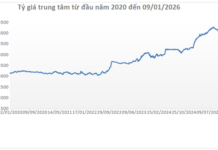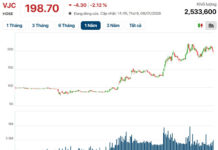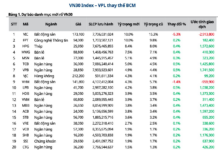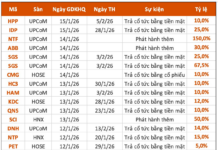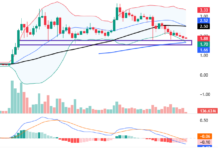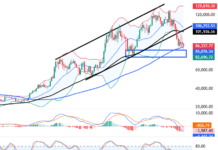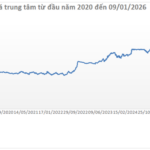Export continues to be a bright spot in the economic picture
According to the Ministry of Industry and Trade, with the gradual recovery of the world market and increasing export orders, import-export activities in the first seven months of 2024 have prospered and achieved positive results.
In July alone, the total import-export turnover of goods is estimated at $69.72 billion, an increase of 8.7% compared to the previous month and 21.8% compared to the same period last year.
Cumulative in the first seven months of 2024, the total import-export turnover of goods reached $439.88 billion, up 17.1% over the same period last year, of which exports grew by 15.7% and imports by 18.5%. The trade balance of goods recorded a surplus of $14.08 billion.
Notably, in the first seven months, exports continued to be a bright spot in the overall economic picture, with an estimated turnover of $226.98 billion, up 15.7% over the same period last year. The domestic economic sector accounted for $63.08 billion, a 21.1% increase, and made up 27.8% of the total export turnover, while the foreign-invested sector (including crude oil) accounted for $163.9 billion, a 13.8% increase, making up 72.2%.
Also, in the first seven months of 2024, 30 commodity groups had export turnover of over $1 billion, accounting for 91.9% of the total export turnover (including nine groups with turnover of over $5 billion, accounting for 70.8%).
Regarding the export of commodity groups, in the first seven months of 2024, exports grew strongly and evenly across the three main groups. Agricultural products maintained their growth momentum from 2023 to the present, with a total turnover of approximately $21.4 billion, up 19.6% compared to the same period in 2023 and accounting for 9.4% of the country’s total export turnover. Thanks to higher export prices, most items in this group achieved double-digit export turnover growth rates compared to the same period last year, including coffee (up 30.9%), rice (up 25.1%), tea (up 34.8%), fruits and vegetables (up 24.3%), cashew nuts (up 22.1%), pepper (up 46.3%), and cassava and cassava products (up 12.5%).
The export turnover of the industrial processing group is estimated at nearly $192 billion, accounting for 84.6% of the total export turnover and an increase of 15.4% compared to the same period in 2023. Many product groups achieved high growth rates, including key export items such as cameras, camcorders, and parts (up 51.5%); computers, electronic products, and components (up 30%); plastic products (up 29.9%); wood and wooden products (up 23.3%); iron and steel products (up 9.8%); machinery, equipment, tools, and other parts (up 19%); textiles and garments (up 4.3%); footwear (up 10.1%); and telephones and components (up 12.3%).
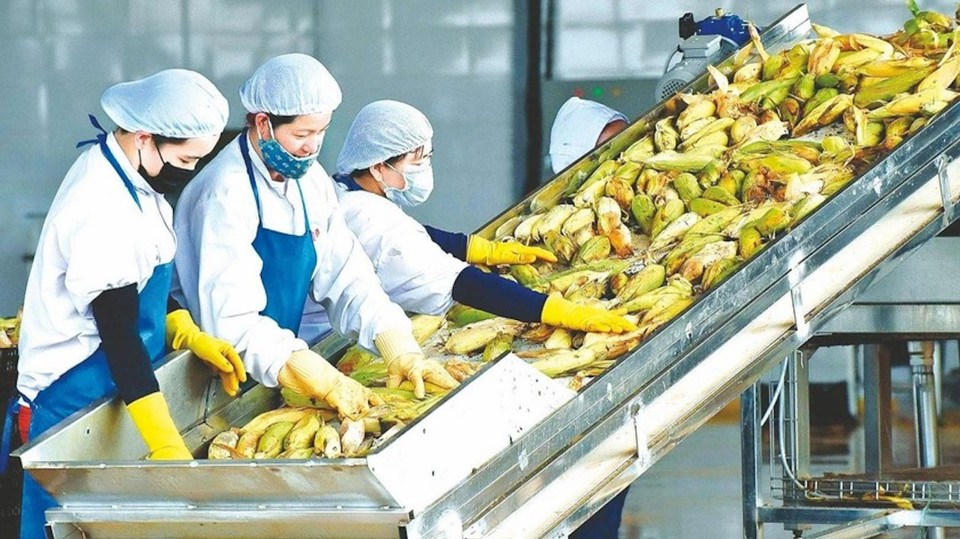
The agricultural products group has maintained its growth momentum since 2023, with a total turnover of $21.4 billion.
According to the report of the Ministry of Industry and Trade, export turnover to most markets, especially those that are major trading partners of Vietnam, has recovered well and achieved high double-digit growth rates in the first seven months. The United States continues to be Vietnam’s largest export market, with an estimated turnover of $66.09 billion, accounting for 29% of the country’s total export turnover and an increase of 24.4% over the same period last year (in the same period last year, it decreased by nearly 20%).
Next is the Chinese market, with an estimated turnover of $33.38 billion, up 7.2%; the EU market, with an estimated $29.34 billion, up 15.8%; South Korea, with an estimated $14.39 billion, up 9%; and Japan, with an estimated $13.46 billion, up 2.8%.
Import growth remains within a safe range
On the other hand, the Ministry of Industry and Trade reported that, in the context of increasing domestic production and consumption, the demand for importing raw materials and machinery to serve production has also increased significantly. Therefore, the import turnover of goods in July 2024 is estimated at $38 billion, an increase of 11% compared to the previous month and 24.7% compared to the same period last year. The domestic economic sector accounted for $12.2 billion, a 11.3% increase, while the foreign-invested sector reached $21.6 billion, a 10.8% increase.
In the first seven months of 2024, the import turnover of goods is estimated at nearly $213 billion, an increase of 18.5% over the same period last year, of which the domestic economic sector reached $78 billion, up 21.5%, and the foreign-invested sector reached nearly $135 billion, up 16.9%. During this period, 35 commodity groups had import values of over $1 billion, accounting for 89.4% of the total import turnover (including 10 groups with import values of over $5 billion, accounting for 62.5%).
Talking to VTV Times, a representative of the Import-Export Department (Ministry of Industry and Trade) emphasized that the high import growth is not a cause for concern as about 89% of the total import turnover in the first seven months of 2024 was for necessary goods.
Specifically, these are machinery, equipment, tools, and accessories, as well as raw materials and accessories for domestic production, with an estimated turnover of $189.3 billion, up 19.7% compared to the same period in 2023. This is a positive signal for the economy as the increasing domestic production and consumption, along with the growing demand for importing raw materials and machinery to serve new orders, have contributed to this growth.
Due to the strong recovery of production and exports, leading to a high demand for importing machinery, equipment, and raw materials to serve domestic production, Vietnam’s imports in the first seven months of 2024 from most major markets have increased. China remains Vietnam’s largest import market, with an estimated turnover of $79.2 billion, up 34.9% over the same period last year and accounting for 37.2% of the country’s total import turnover. This is followed by imports from South Korea, estimated at $32.1 billion, up 12.6%; the ASEAN region, estimated at $26.5 billion, up 13.3%; Japan, estimated at $12.4 billion, up 4.6%; the EU, estimated at $9.2 billion, up 8.7%; and the United States, estimated at $8.5 billion, up 6.2%.







